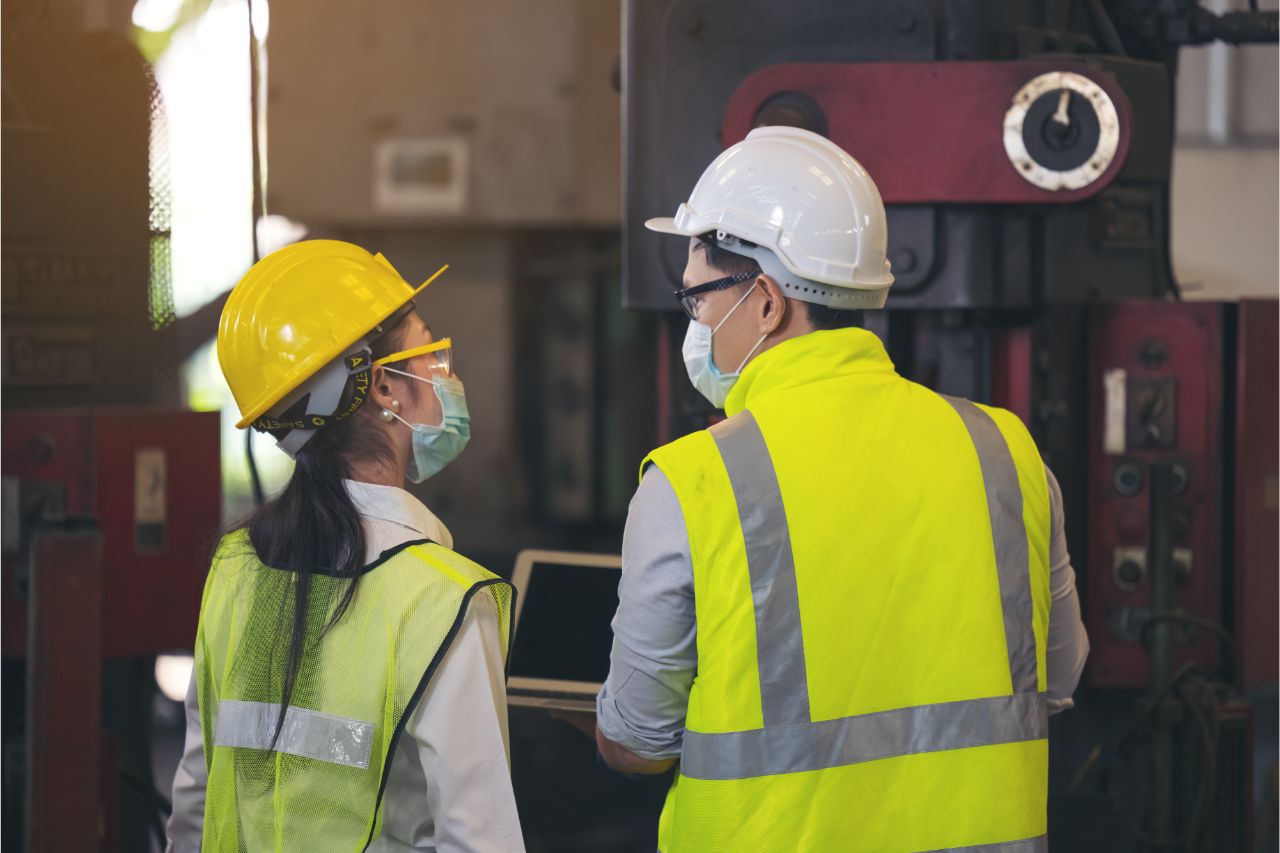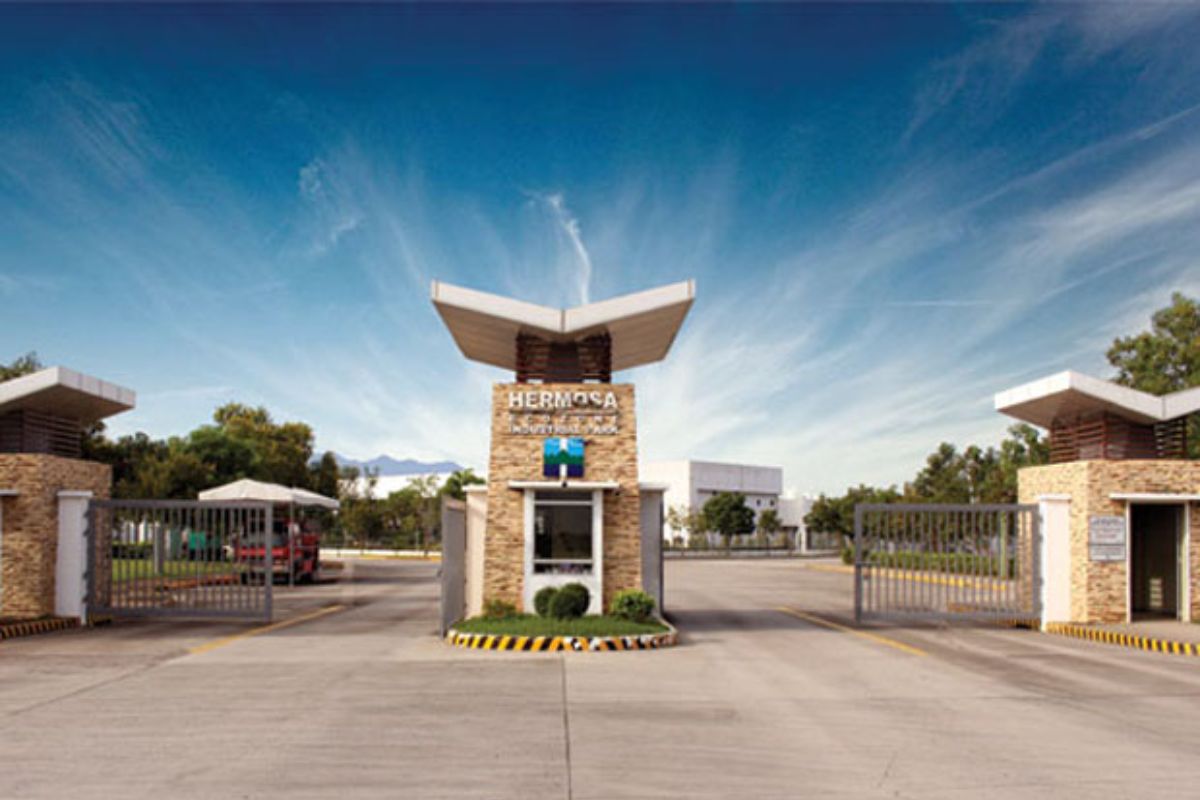How can industrial parks build COVID-19 resiliency?
- Prioritize employee health
- Understand customer demand shifts
- Leveraging on digital capabilities
- Anticipate future outcomes and plan for business continuity
With over a million cases in the Philippines, the COVID-19 global crisis continues to disrupt industrial operations and supply chains with severe consequences for businesses, consumers, and the global economy as a whole. It’s clear the pandemic is forcing many to search for the ways industrial parks can build COVID-19 resiliency.
To date, industrial parks are some of the specialized facilities that can help businesses attain stability despite the pandemic. However, there is a pressing need to build more resiliency with an emphasis on risk management, employee safety, combatting demand disruptions, leveraging digital ecosystems, and protecting the supply chain.
As vaccines are still being rolled out globally, we’ve rounded up four ways an industrial park can help your organization build COVID-19 resiliency. Continue reading to learn more.
Prioritize Employee Health
Employees are the backbone of operations. As such, supporting their health, safety, and well-being is the primary responsibility of employers. It is common knowledge that the coronavirus spreads through tiny respiratory droplets. Whether or not they have symptoms, infected individuals can be contagious, and the virus can spread to other people quickly. Industrial parks are already known for maintaining cleanliness across their facilities. But, now more than ever is the time to emphasize the importance of heightened industrial zone hygiene and safety protocols.
The Department of Health (DOH) suggests that companies have alternative working methods to mitigate increases in infection rates. By now, most companies have shifted to work from home settings. However, industrial parks house light and medium industries that may not be able to function without essential on-site workers. It was also declared by the Department of Trade and Industry (DTI) that companies within the National Capital Region that businesses that fall under manufacturing, retail, and services shall remain in operation subject to certain restrictions.
Each industrial park and its corresponding plants are different. Revisit your policies, procedures, and processes for workplace health and safety. Within the framework plan of building COVID-19 resilience, you must consider critical factors such as the following:
- Safety protocols to be observed (temperature checks, frequent hand sanitation, filling out health declaration forms, observing respiratory health etiquette, etc.)
- Staggered schedules to accommodate social distancing needs
- Testing employees for when they develop COVID-19 symptoms
- Avoiding tool sharing
- Providing personal protective equipment (gloves, bodysuits, face masks)
- Offering carpool options
- Rolling out vaccines
Understand Customer Demand Shifts

As part of resilience planning, you must account for shifting customer demand. The market is highly volatile during these unprecedented times and supply chains across the world have been disrupted. In the same manner, buying attitudes have changed with end customers doing their best to purchase only the essentials.
As analysts are putting information out about all the scenarios possible for the future of COVID-19, industrial parks can help take action to adapt to the consumer demand shift and help provide effective solutions for their locators.
Depending on the products offered by businesses, the solutions to combat the demand disruption will vary. The possible methods can be to address opportunities for growth in essential products (hand sanitizers, groceries, and protective equipment) or to restructure how goods are distributed (online or physical). It would also be best to come up with demand-supply scenarios to assess if the current operation model is still viable.
Ultimately, customer demand is a crucial variable that dictates production and supply operations. This is why many industrial park facilities, including the Light Industry and Science Park I, are mobilized at full capacity to supply products quickly and help their locators pivot according to demand shifts effectively despite the demand shift.
Assess Supply Chains
Among all the disruptions from the COVID-19, the impact on the supply chain is by far the most drastic. With travel restrictions and protocols on exports and imports as well as big companies’ cost-cutting, businesses are struggling to receive their needed supplies on time. Supply chains are now being tested on how long they will endure the “new normal” terms of business.
For building supply chain resiliency, industrial parks hold a distinct advantage for businesses. Industrial parks are strategically located to accommodate a steady supply of raw materials and their main transportation roads are unobstructed. These facilities are designed to prevent further supply losses with dedicated zones for factories, warehouses, or ports.
If you want to boost productivity and sales, industrial parks also have access to highly qualified workers, stable electricity, water, and many more. You can also maintain clear communication and do business with suppliers with the availability of freight forwarding services in industrial parks, making them conducive for operational development despite the pandemic.
Leveraging On Digital Capabilities
The COVID-19 undoubtedly has transformed how businesses advertise and distribute their goods to consumers. Today, people are wary about their spending habits and prioritize their convenience and safety above all. These are the driving forces for the rise of e-commerce and digital marketing.
Thanks to technology, there are numerous online platforms today that are booming. Going digital is a major investment not only in gaining more income but also in establishing growth for the future.
From injecting efficiency in your operations to building customer loyalty, all are founded on a stable online presence built on digital marketing investments. If your business is located in an industrial park, you are more likely to adapt to digital set-ups and to grow even post-COVID. Take note that a huge chunk of budget may be needed to go digital, nonetheless, it is the no-fail way to build resiliency. Keep in mind that the fourth industrial revolution, also known as industry 4.0, is set to take place in the near future and its building blocks are centralized on technological tools.
Anticipate Future Outcomes and Plan For Business Continuity

No one saw the global pandemic coming. But, businesses who have established a continuity plan have proven themselves to be more resilient than others. They bounced back much quicker and are able to counteract the onset effects of the pandemic.
We are all looking forward to a pandemic-free future, however, organizations must anticipate future outcomes for when crises like these occur again. This is why industrial parks are rethinking their strategic risk models to prepare their locators fully.
Key Takeaway
Whether you own a start-up business or a large corporation, it is inevitable for your company to go through challenges due to the pandemic. We’ve rounded four ways industrial parks can build COVID-19 resiliency. You might want to look into these specialized facilities if you want to protect your business and reshape itself looking forward to a post-pandemic future.
At Science Park Of The Philippines, we go above and beyond to support our locators in building resilience during the new normal. The present crisis is an opportunity to learn, evolve, and reshape operations for the future. Click here to learn more about the SPPI advantage today!



